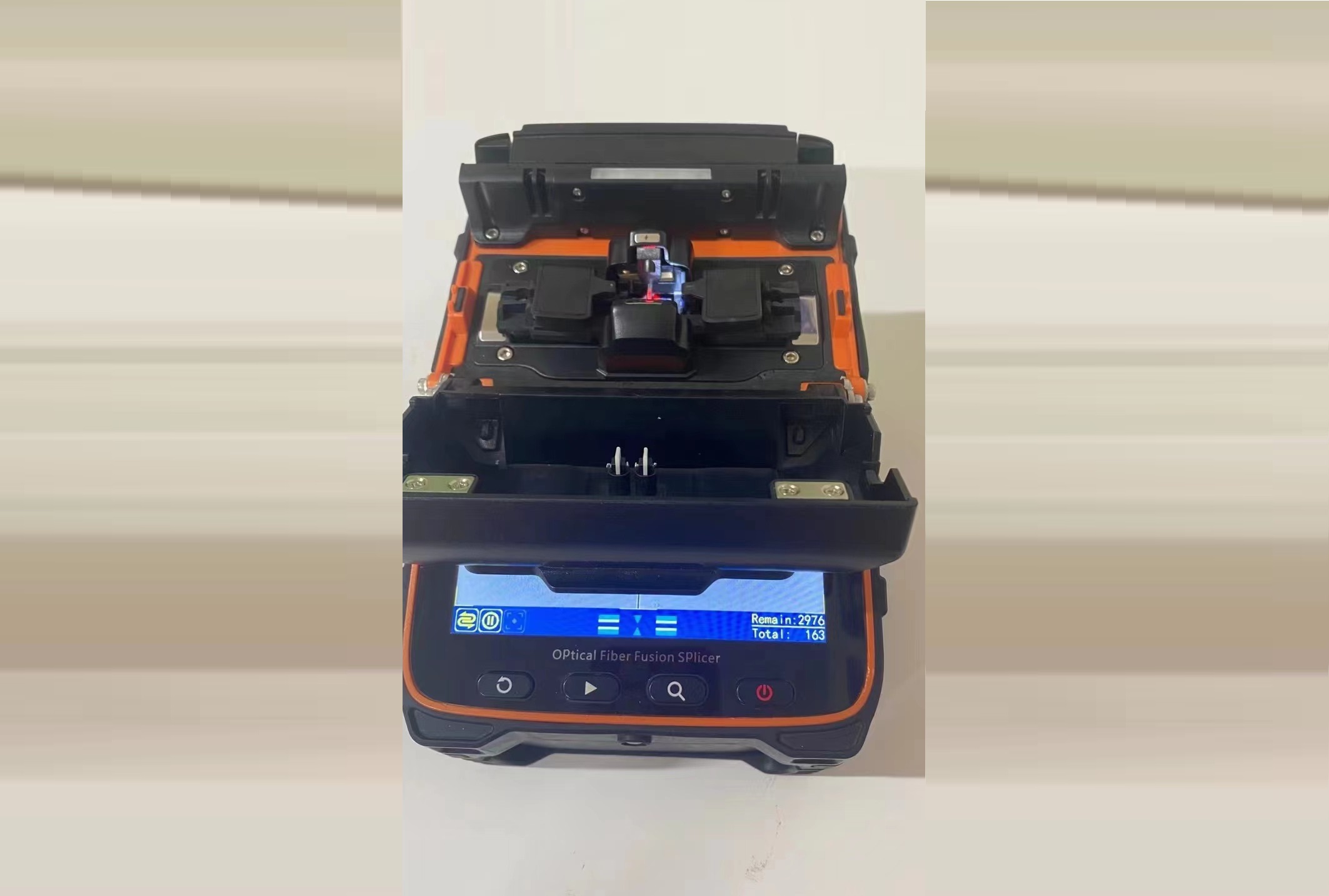- Sales SupportContact Sales
- Call us at: +(86) 15211074652
- Send us a email at: info@zr-fibercable.com
Fiber fiber melting machine price
Fiber optic fusion splicing is a method of joining two optical fibers together by melting and fusing their ends using a fiber fusion splicing machine. These machines are essential for creating a reliable and permanent splice between two optical fibers. In this article, we will discuss the factors that affect the price of fiber fusion splicing machines and the range of prices for these machines.
Factors that Affect the Price of Fiber Fusion Splicing Machines:
Type of Fusion Splicing Machine:
There are two main types of fiber fusion splicing machines: core alignment and clad alignment. Core alignment machines are more precise and offer better performance, but they are also more expensive. Clad alignment machines are less expensive, but they are not as precise and may produce a lower quality splice.
Features and Functionality:
Fiber fusion splicing machines can have different features and functionality, such as automatic fiber alignment, splice quality testing, and data storage. Machines with more features and functionality are usually more expensive.
Brand and Reputation:
The brand and reputation of the manufacturer can also affect the price of a fiber fusion splicing machine. Established brands with a good reputation for quality and reliability may charge a premium price.

Availability and Demand:
The availability and demand for fiber fusion splicing machines can also affect the price. Machines that are in high demand or are in short supply may have a higher price.
Range of Prices for Fiber Fusion Splicing Machines:
The price range for fiber fusion splicing machines can vary greatly depending on the factors discussed above. Entry-level machines can be found for under /, while high-end machines can cost over /.
Entry-level machines are usually clad alignment machines with basic functionality and features. These machines are suitable for occasional use or for small-scale projects. They are often portable and easy to use, making them a good choice for fieldwork.
Mid-range machines typically cost between / offer more features and functionality than entry-level machines. They may have automatic fiber alignment, splice quality testing, and data storage capabilities. These machines are suitable for medium to large-scale projects and can handle a higher volume of splicing work.
High-end machines are core alignment machines with advanced features and functionality. They are designed for high-volume splicing work and offer the highest precision and performance. These machines are typically used by telecommunications companies and large-scale fiber optic infrastructure projects.
In conclusion, the price of a fiber fusion splicing machine depends on several factors, including the type of machine, features and functionality, brand and reputation, and availability and demand. Entry-level machines can be found for under /, mid-range machines cost between /, and high-end machines can cost over /. The choice of machine will depend on the specific needs of the project and budget constraints. It is important to choose a machine from a reputable manufacturer and to ensure that it has the necessary features and functionality for the job.
You might be interested in
We use cookies to ensure that we give you the best experience on our website. By clicking on "Accept" or continuing to use this site, you agree to our use of cookies in accordance with our Cookie Policy .You can refuse the use of cookies here.
Accept

